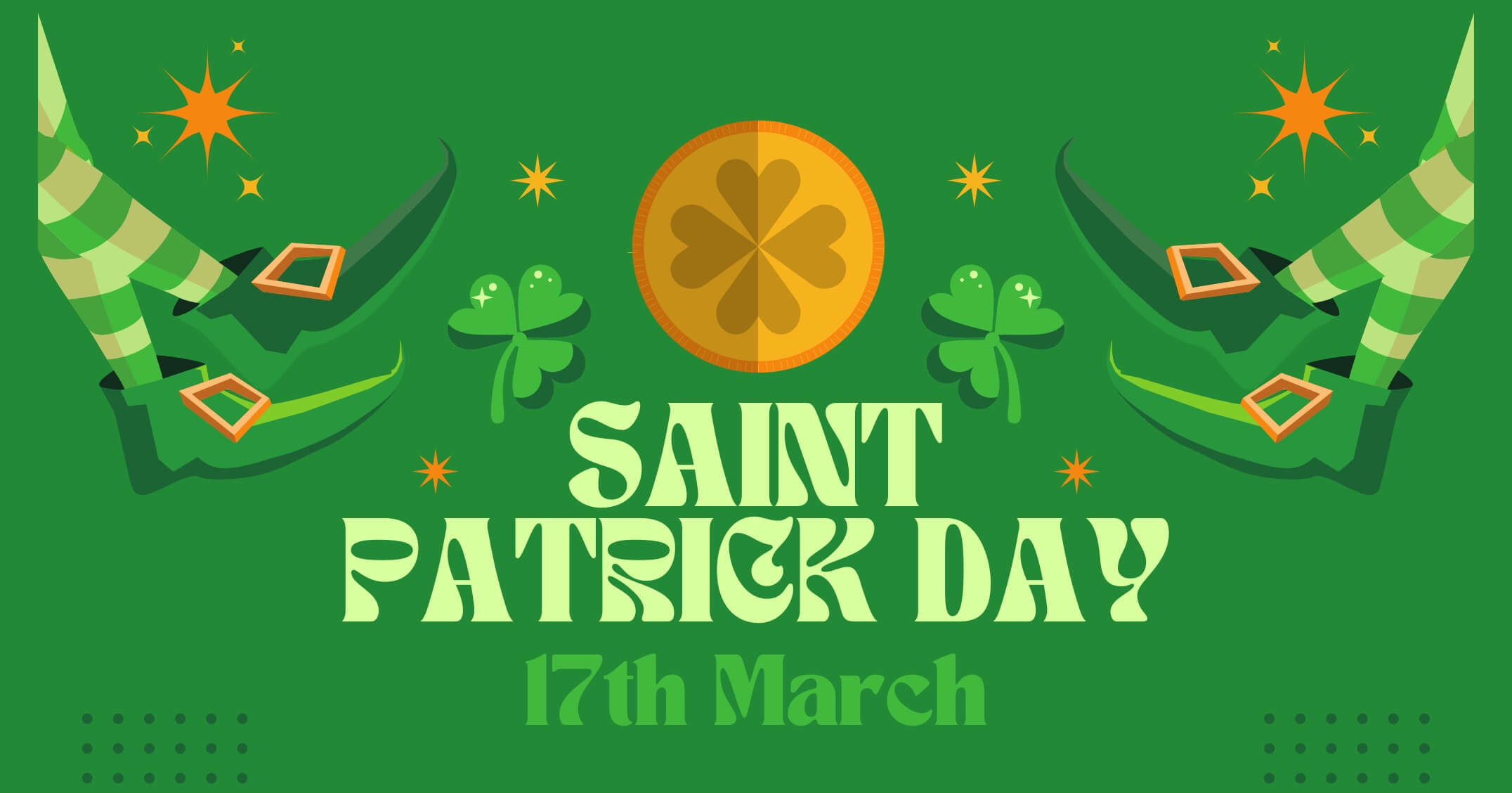St. Patrick's Day: Celebrating the Patron Saint of Ireland
March 17th marks the celebration of St. Patrick's Day, the patron saint of Ireland. This festive holiday originated from honoring the life and legacy of St. Patrick, a missionary who brought Christianity to Ireland.
History of the holiday
St. Patrick was born in Britain in the 4th century. At the age of 16, he was kidnapped and taken to Ireland, where he lived as a slave for six years. During this time, he converted to Christianity and after escaping back to Britain, he became a priest. He later returned to Ireland to spread the Christian faith. St. Patrick died on March 17th, 461.
Countries of celebration
St. Patrick's Day is celebrated as a national holiday in Ireland and Northern Ireland. The festivities also take place in many other countries with large Irish populations, including the United States, Canada, Australia, New Zealand, and the United Kingdom. In recent years, the holiday has gained popularity in the Czech Republic and other European countries.
Traditions and customs
- Green color: The color green is associated with the holiday, symbolizing Ireland and the shamrock, a symbol of the Christian Trinity that St. Patrick used while spreading the faith.
- Shamrock: People wear shamrocks on their clothes or paint them on their faces on St. Patrick's Day.
- Parade: Many cities hold parades featuring Irish music, dancing, and floats.
- Beer: Drinking beer, especially dark Guinness stout, is a popular tradition on St. Patrick's Day.
- Food: Traditional St. Patrick's Day food includes corned beef and cabbage and Irish soda bread.
Patron Saint:
St. Patrick is the patron saint of Ireland, as well as the patron saint of engineers, blacksmiths, and those who protect against snakes.
St. Patrick's Day is a joyous and festive occasion that celebrates Irish culture and the patron saint of Ireland. If you have the opportunity, join in the festivities and enjoy the atmosphere filled with green, shamrocks, music, and dancing!
